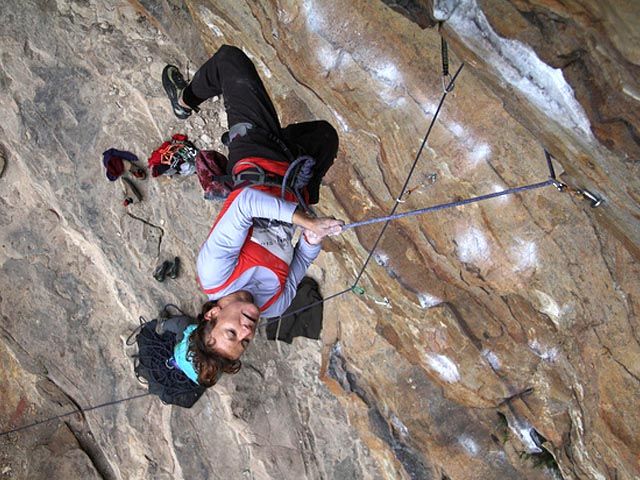The is a list of all supported plain HTML elements:
-
p -
dl -
ol -
ul -
header -
section -
h1~h6 -
blockquote -
details -
figure -
small -
table -
code -
kbd -
pre -
hr
The following is a kitchen sink of all supported plain HTML elements:
H1 heading text
H2 heading text
H3 heading text
H4 heading text
H5 heading text
H6 heading text
Text: bold, italic, linked, code, kbd, small, superscript, subscript.
- First level unordered item
-
First level unordered item
-
Second level ordered item
- Third level unordered item
- Third level unordered item
- Second level ordered item
-
Second level ordered item
- First level unordered item
- First level ordered item
-
First level ordered item
-
Second level unordered item
- Third level ordered item
- Third level ordered item
- Second level unordered item
-
Second level unordered item
- First level ordered item
Summary sums up the details
Details elaborate on the summary.
- Definition list
- A list of text and description.
- Morgawr
- A sea serpent.
- Owlman
- A giant owl-like creature.
pre {
padding: .5em 1em; color: black; border-left: 5px solid; background-color: white;
}
Pull Quote. Darkness cannot drive out darkness; onlylightcan do that. Hate cannot drive out hate; onlylovecan do that.
The time is always right to do what is right.

| Col1 | Col2 | Col3 |
|---|---|---|
| Row1 | Row1 | Row1 |
| Row2 | Row2 | Row2 |

